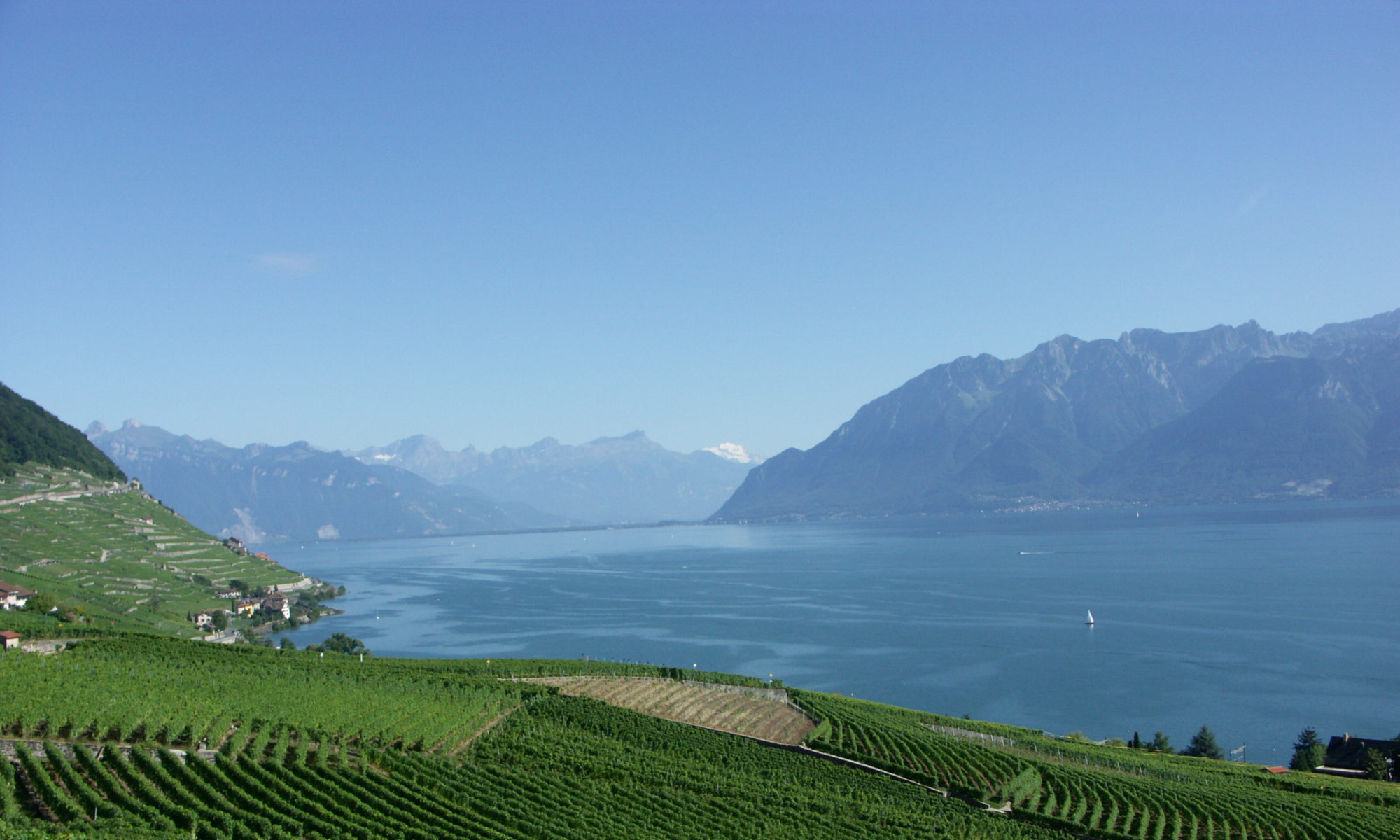What do you think is needed to:
a) Ensure production and dissemination of flood warnings that reach all people in your country? What do you expect from WMO in this regard?
b) Drought-proof your country? What do you expect from WMO in this regard?
c) Be informed enough to manage water wisely for food, energy, health, and the biosphere? What do you expect from WMO in this regard?
To reply to this question use the “Leave a reply” box/field at the bottom of this page.


a) More focus on communication of forecasts, including the uncertainty. Communicate in a more understandable way. WMO can facilitate by setting communication standards.
b) Drought forecast require longer lead times. Therefore more attention to medium range and seasonal forecasts.
c) no comment
Généralement, les données collectées sont stockées et archivées à cause de l’absence d’un personnel qualifié pour les traiter, faire des modélisations et fournir de façon régulière des bulletins d’alerte (inondation / sécheresse) ou des informations pouvant servir à la prise des décision?
Il est donc indispensable de mettre en place une banque de données dynamique et bien structurée. Un renforcement des capacités appuyé par l’OMM est nécessaire car trop de secteurs dépendent de la bonne information hydrologique.
a) assurer la production et la diffusion des alertes pour les inondations qui touchent les populations dans votre pays ?
Rép :
– Nécessité des données en temps réel sur les pluies et les crues événementielles et disponibilité des outils pour l’élaboration des modèles de prévision des crues
– Bulletins d’alerte précoce, outils de communication comme les téléphones portables et radios communautaires pour la diffusion
Qu’attendez-vous de l’OMM à cet égard ?
Rép :
Renforcement des capacités humaines et matérielles des structures en charge des alertes précoces contre les inondations
b) protéger votre pays des risques de sécheresse ?
Rép :
Nécessité des données sur les débits d’étiages absolus et disponibilité des outils pour l’élaboration des modèles de prédétermination des étiages
Protection des zones humides
Réduction de la déforestation et des feux de brousse
Restauration de la végétation qui va réduire le ruissellement et l’érosion et favoriser l’infiltration
Qu’attendez-vous de l’OMM à cet égard ?
Rép :
Renforcement des capacités humaines et matérielles des structures en charge de la protection contre la sécheresse
c) bien connaître et gérer de manière efficiente les ressources en eau afin de répondre convenablement aux besoins de l’alimentation, de l’énergie, de la santé et de l’environnement ?
Rép :
– Disponibilité des données pluviométriques et hydrologiques fiables
– Exploitation de ces données pour la production des informations hydrologiques en fonction des besoins de différents usages de l’eau
Qu’attendez-vous de l’OMM à cet égard ?
Rép :
Renforcement des capacités humaines et infrastructurelles des SMHNs pour la collecte, le stockage et la gestion des données
En définitive, il est vivement souhaitable et nécessaire que l’OMM crée un Fonds pour appuyer les activités hydrologiques dans les pays
a) In Canada, this is done at the provincial and territorial level and the NHS supports this effort through the provision of historical, real-time and prediction information. Canada is also developing a flood guidance programme tied to the exiting NWP national model. Flood warnings are localized in nature and can be due to ice jams, flash flooding, urban flooding or riverine floods. The WMO should focus on regional or national scale guidance products and procedures that help local decision makers issue forecasts. Unlike the weather, there are too many structural and local hydraulic realities to be efficient at the national level.
b) Drought-proofing requires an understanding of long-term weather, water and climate information in support of accurate predictions related to water availability and the factors that impact availability. From an operational perspective drought considerations are important for water management activities and inter-provincial and international treaties. Seasonal ensemble forecasts tailored to specific hydrological realities and water management activities are an important way forward. The Earth systems approached tied to local water management realties and reservoir/consumptive use factors would be critical at the national level to help inform provincial and local decision makers.
c) The NHS in Canada strives to be the “authoritative source” of hydrological data and information for Canada. The main users of our data are the provinces, territories, municipalities, certain energy and mining companies and academics, and we hope that having one central publicly available, free, database aids these users so that they don’t have to seek data from multiple sources. WMO should encourage all countries to use a “one-window” approach, where appropriate, to provide its users with data. This should include model derived products where possible and re-analysis products. The WMO should also begin to explore IM/IT infrastructure and web options to provide an integrated data source that considers weather, water and climate data in support of services related to protecting public safety and the environment.
– Initiate, in partnership with the country actors and basin organizations, research and development projects for the effective implementation of Integrated Water Resources Management from the point of view of the promotion of land and water conservation techniques. .
– Support basin organizations in the process of developing projects for mobilizing water resources through infrastructures of common interest.
-Contribute to the updating of the list of potential sites for the mobilization of water resources;
– Accompany countries and basin organizations in their process of seeking funding for the development and / or strengthening of their observation networks.